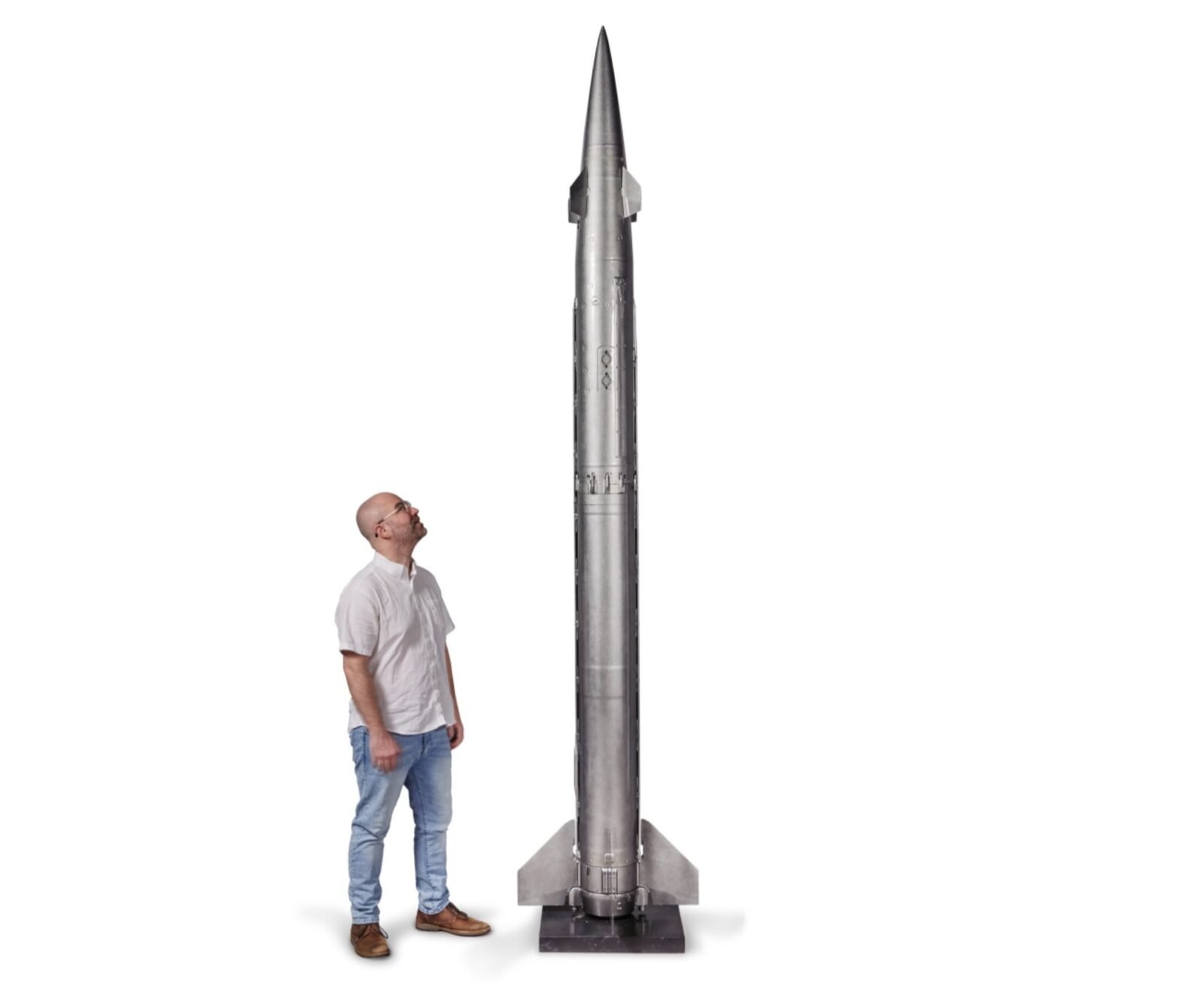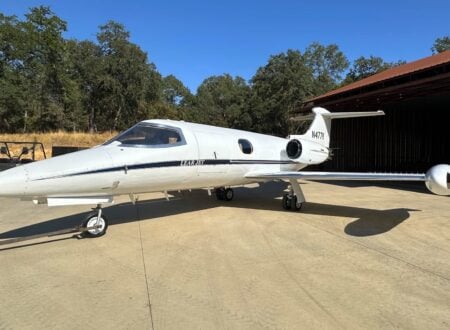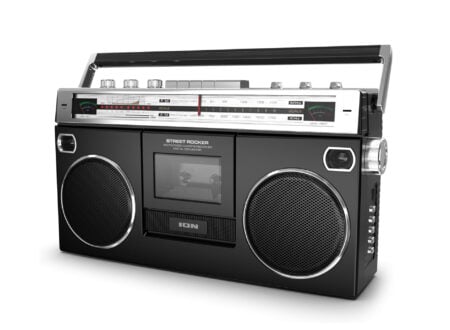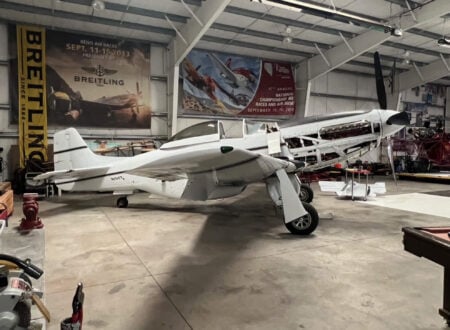This is a 10 foot 4 inch high NASA-built wind tunnel test model that was produced as part of one of the first major joint projects between the United States and Russia after the fall of the Soviet Union.
The model was built in 1994 as a joint effort between the Russian Central Institute of Aviation Motors (CIAM) and the American National Aeronautic and Space Administration (NASA). It shows an early stage of the research that would later lead to the Hypersonic Flying Laboratory (HFL) Kholod project.
Above Video: This short video from Northrop Grumman does a good job of quickly explaining what a supersonic ramjet (scramjet) engine is, how it works, and what it’s most commonly used for.
The Hypersonic Flying Laboratory (HFL) Kholod project is now best remembered for the record it set, flying at Mach 6.5 and becoming the fastest vehicle to fly within the Earth’s atmosphere up until that point in time.
Ramjet engines are a little understood form of aircraft propulsion that work by using the aircraft’s high-speed forward motion to compress the incoming charge of air.
As the aircraft moves at supersonic speed, air enters and is compressed by the engine’s shape – without the need for moving turbines or compressors. Fuel is then injected into this compressed air and ignited, creating hot gases that are expelled at high velocity to produce thrust.
While they’re simple in design and efficient at high speeds, ramjets can’t operate from a standstill. They require the aircraft to already be moving at high speed to function, making them unsuitable for conventional aircraft.
This limitation means ramjets are primarily used in applications like missiles and specialized high-speed aircraft where their speed and simplicity are most beneficial, and their low-speed limitations are acceptable.
Given the current state of US-Russia relations this large wind tunnel model represents a memory of a happier time, when the two nations had put aside decades of Cold War history and joined together through some of their best and brightest on a project to create the fastest air-breathing vehicle in human history. And they actually pulled it off.
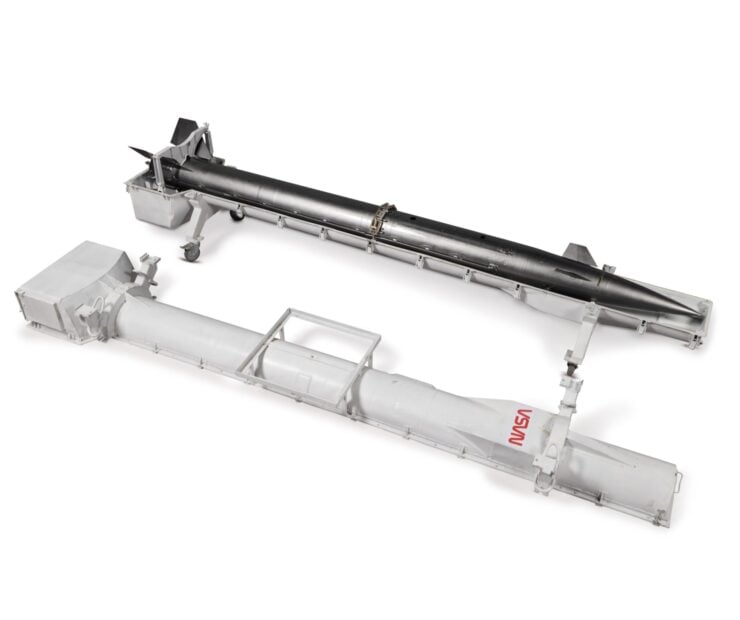

This model is now being offered for sale from the collection of Professor Alexander Roudakov by Sotheby’s in their online space exploration auction which closes on the 18th of July. The price guide sits at $10,000 – $15,000 USD and the model comes inside the original 10 foot 8 inch long, heavy-duty NASA hinged transport case.
If you’d like to read more about this unusual and rather large piece of NASA history, or register to bid on it, you can visit the listing here.
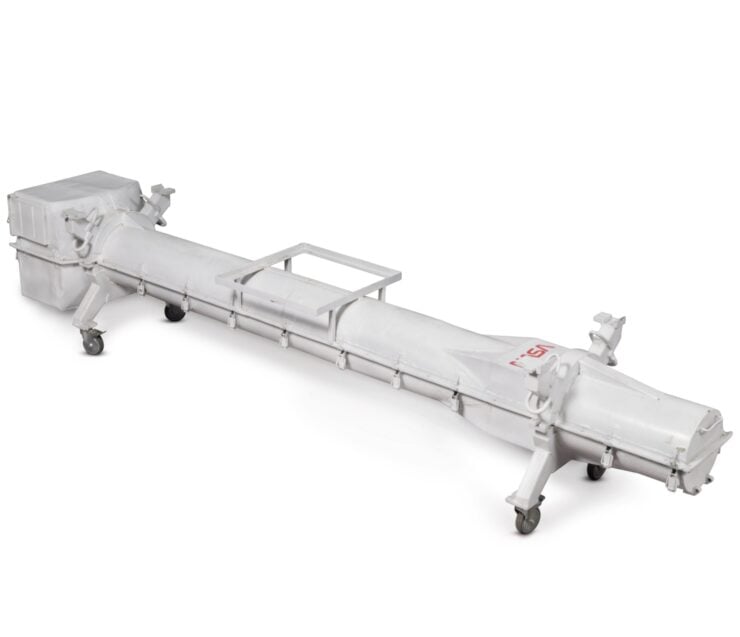
Images courtesy of Christie’s

